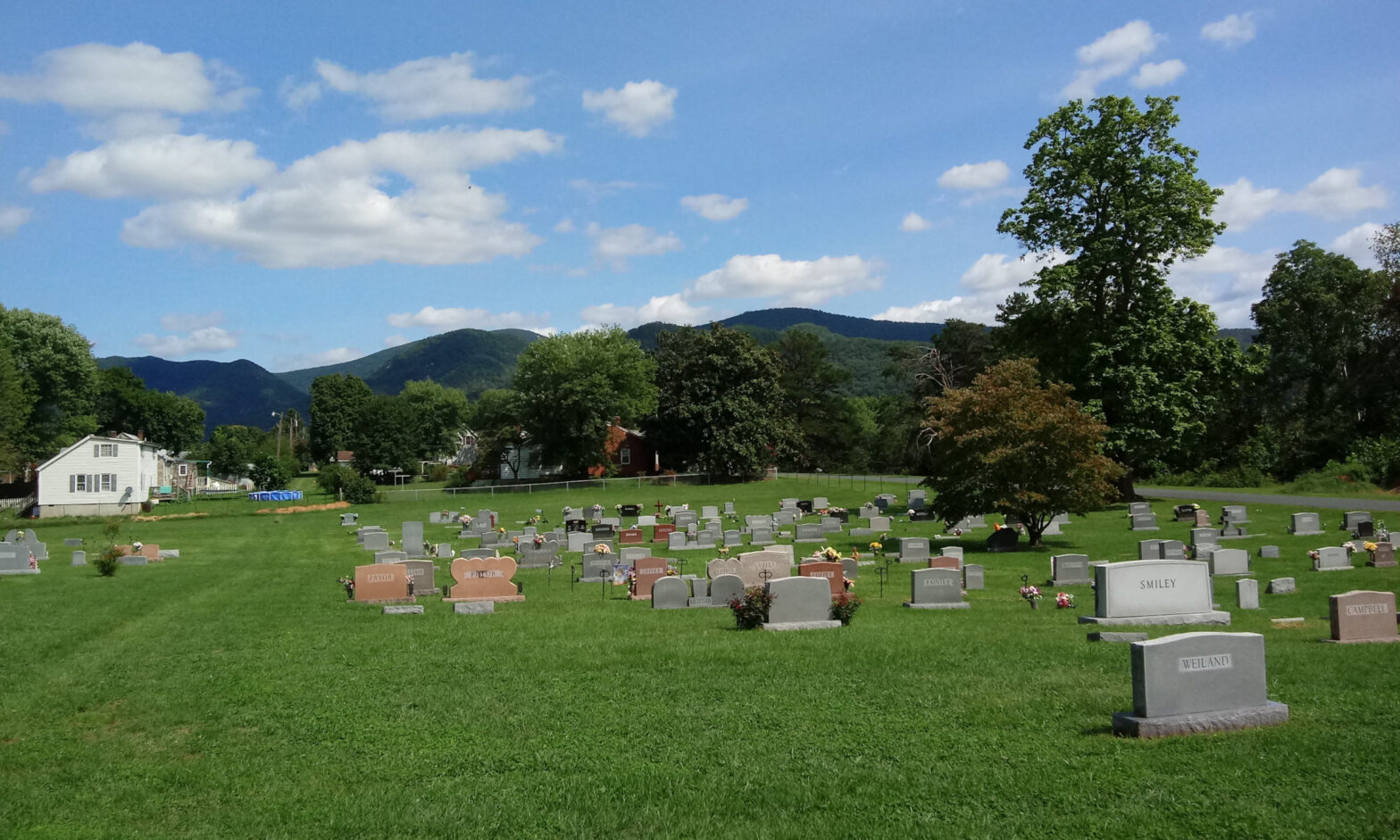Last weekend I visited my parents in Lynchburg, Virginia, and this was only the second time I’d been there since the COVID-19 pandemic began. Having nowhere I needed to be in no specific hurry, on Friday I took a scenic route down through the Shenandoah Valley to Natural Bridge, then across Virginia Route 130 back over the mountains.
Approaching the mountains, I passed through the town of Glasgow. Traveling east, and with the mountains growing on the horizon I noticed a cemetery off 130 to my left.
So I stopped to take a look.
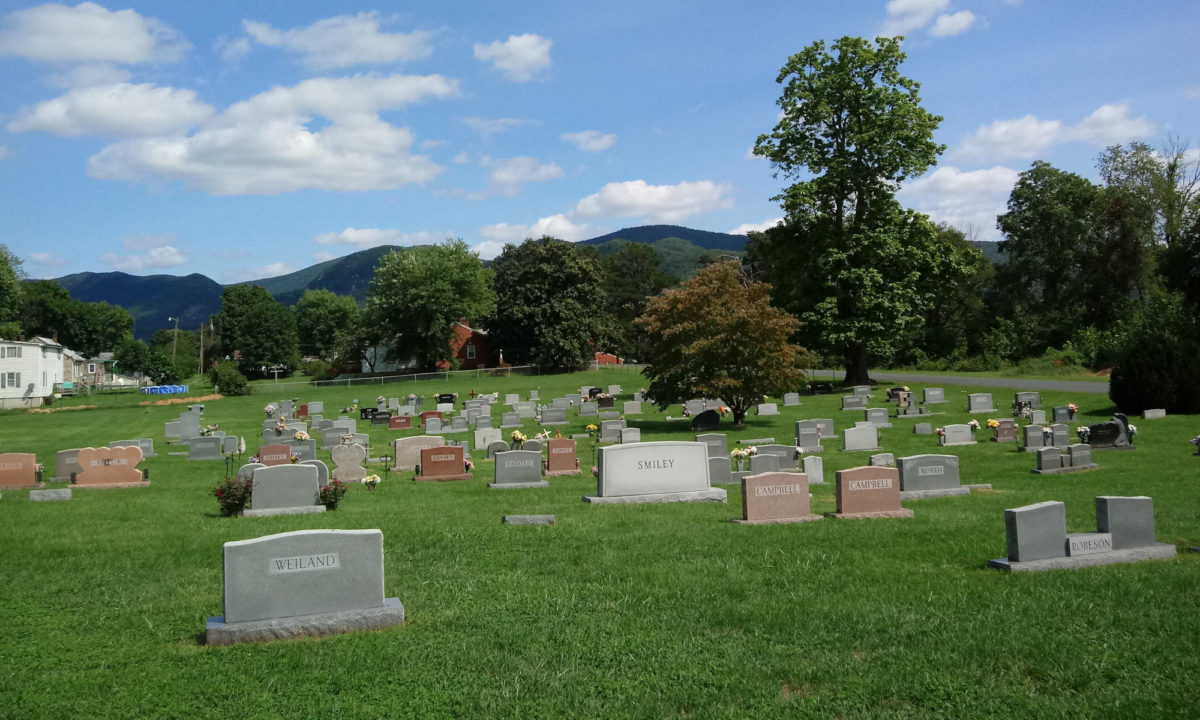
These photographs, frankly, do not do it justice. The mountains look so much more distant than they actually were. They loom over the cemetery, and the cloud shadows moving across the mountains made one feel very small in the universe.
One of the first things I noticed was a strange monument that looked… well, haphazard is the only word that really fits. There’s a pedestal, which was carved in script you’d find on headstones dating to before the War of 1812, and something else that didn’t really go with it sat on top of the pedestal. Then, there was a little plaque.
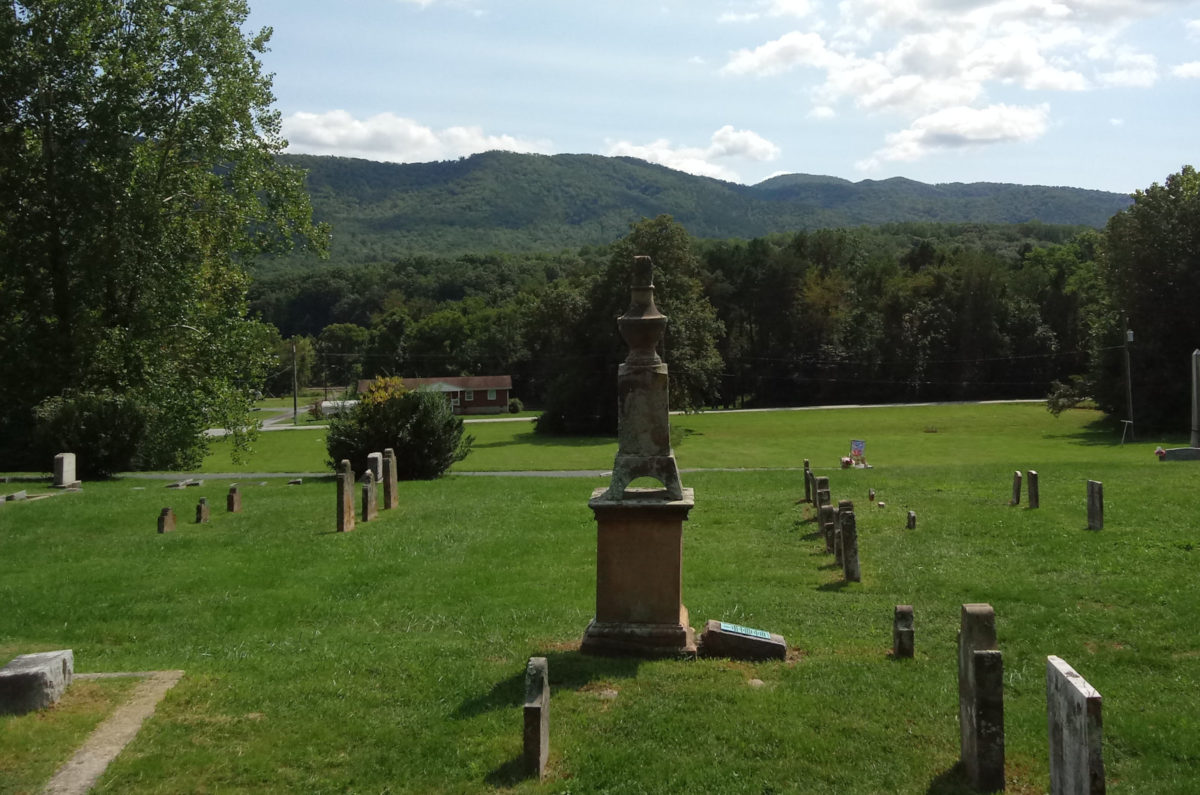
All of this belonged to Revolutionary War veteran Captain John Paxton and his wife, Phoebe, who brought him supplies to Valley Forge.
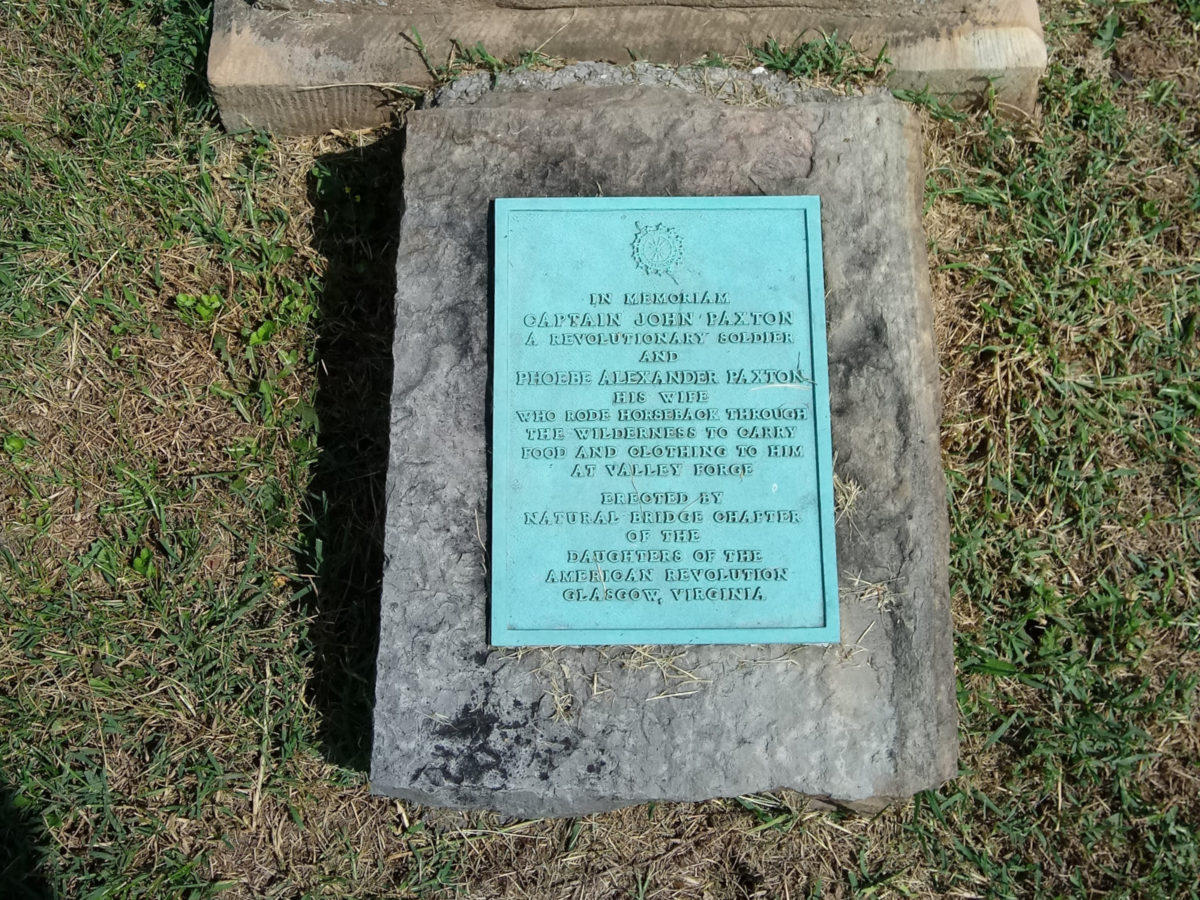
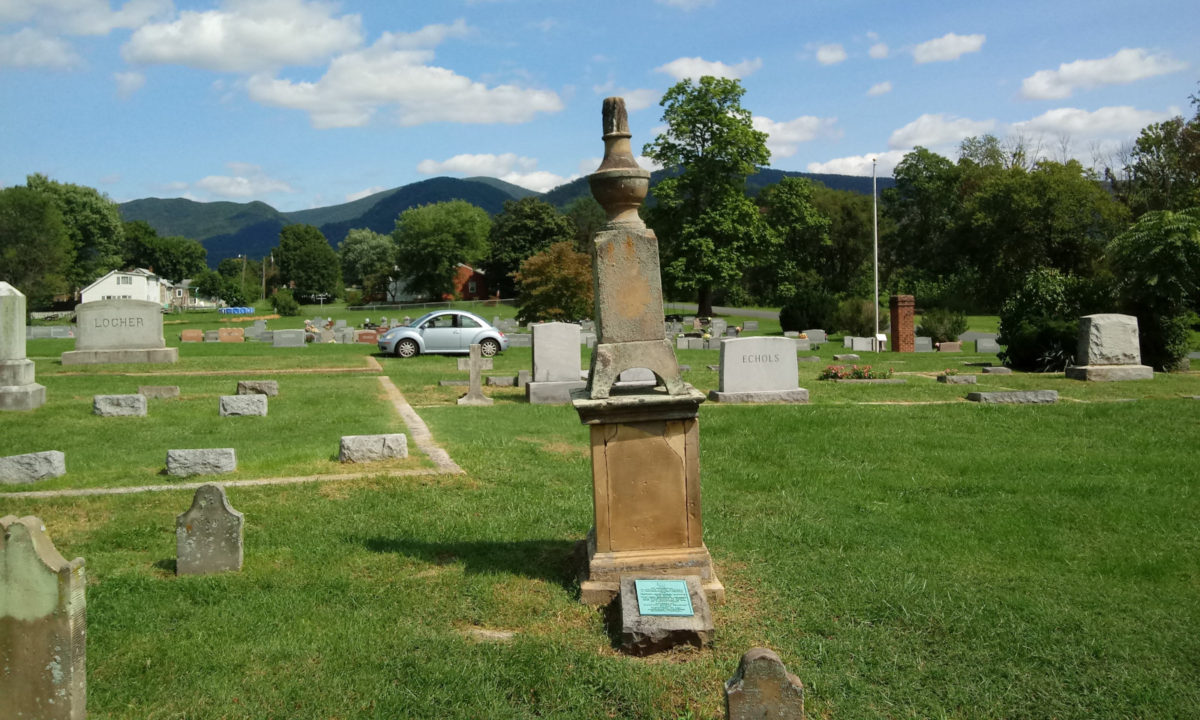
I’ve been through Glasgow a number of times, though not in a fair number of years, and there’s very little I could say about the town. I knew Glasgow fielded a baseball team in the Valley League in the 1930s (the Rugmakers), though they only merit a mention in Chaz Weaver’s history of the league. (Glasgow went 2-28 in the 1938 season.) That was the extent of my certain knowledge.
I assumed Glasgow was named for the city in Scotland, though that assumption turns out to be incorrect; it was named for a prominent citizen of the early 19th-century, Joseph Glasgow. The town’s history is interesting; there were plans and investment to turn it into a major transportation hub, plans that left people bankrupted thanks to the Depression of 1893. The town’s industries were bricks, concrete, and rugs, and now only rugs remain.
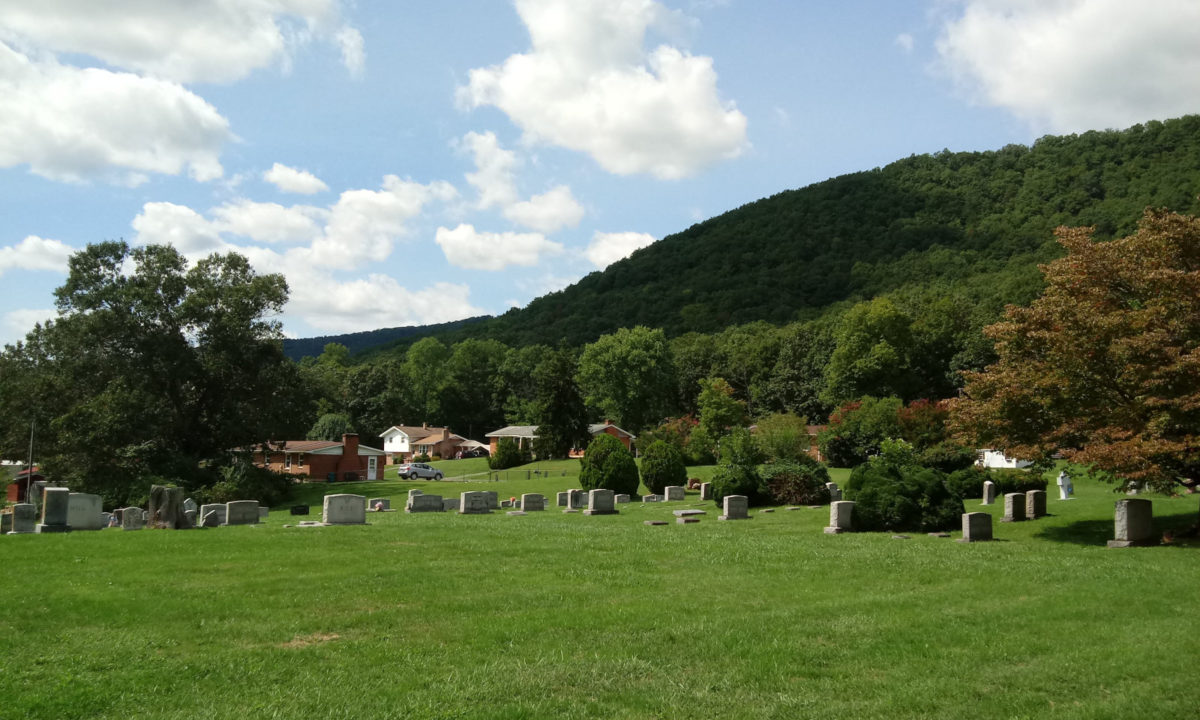
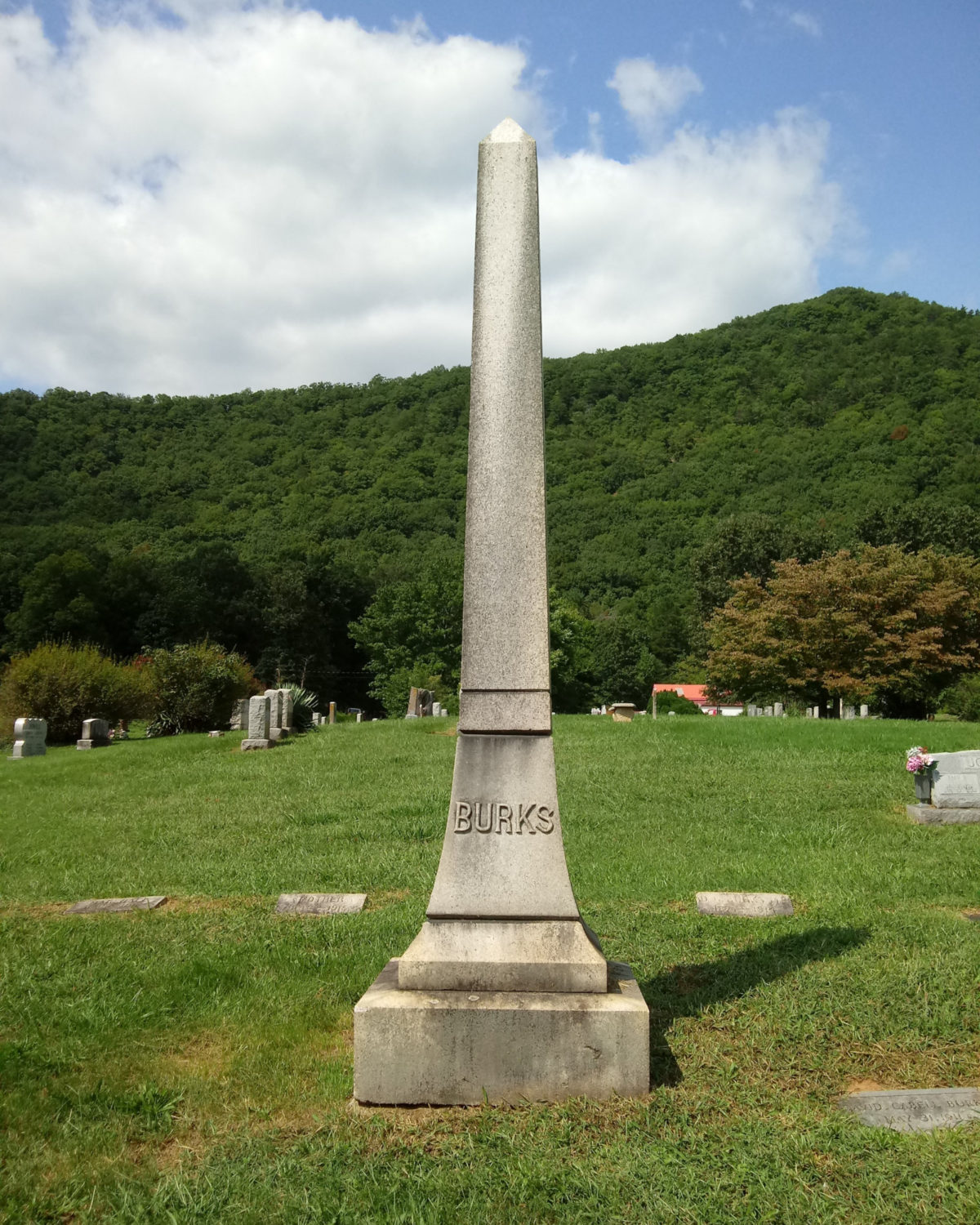

I didn’t stay long, maybe fifteen minutes. I was glad I stopped. The cemetery in Glasgow was quite pretty.
I have no idea where the Glasgow Rugmakers called home, though with mountains looming over the town like that I’ve no doubt it had one of baseball’s best views. 🙂
